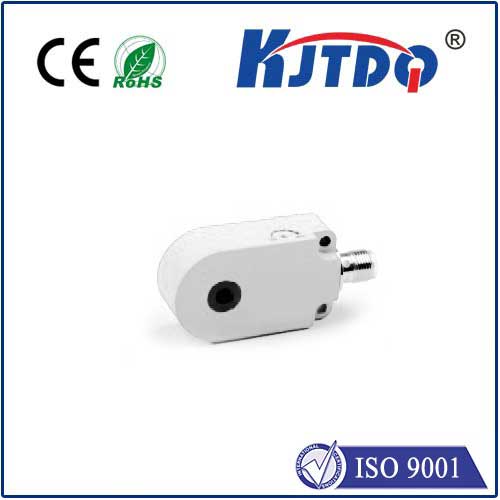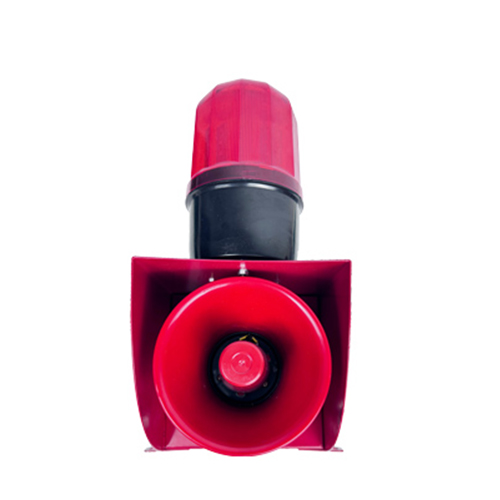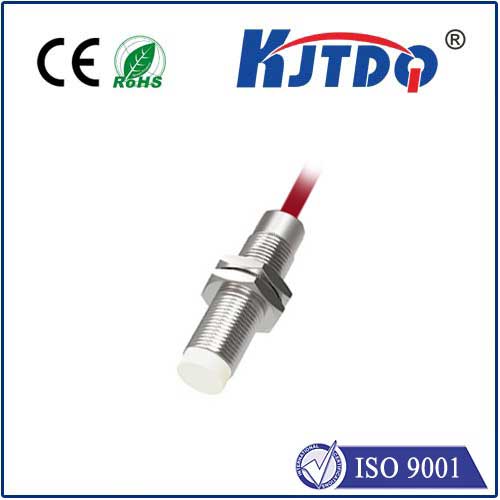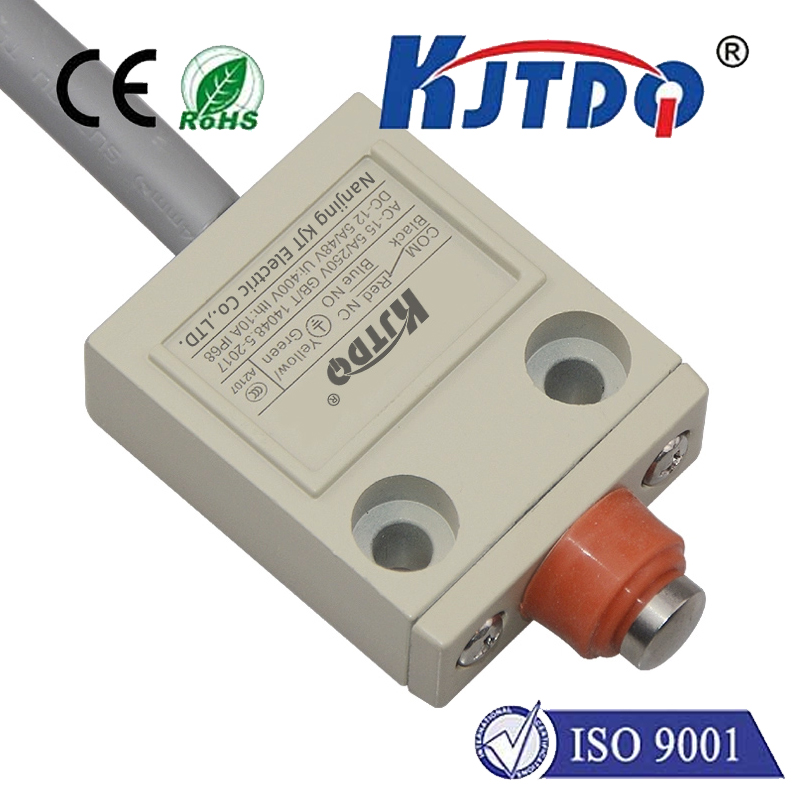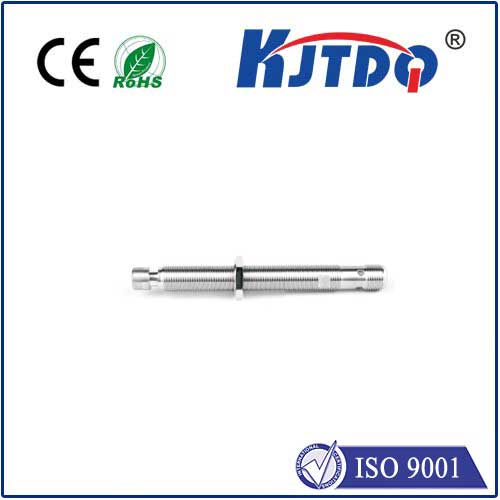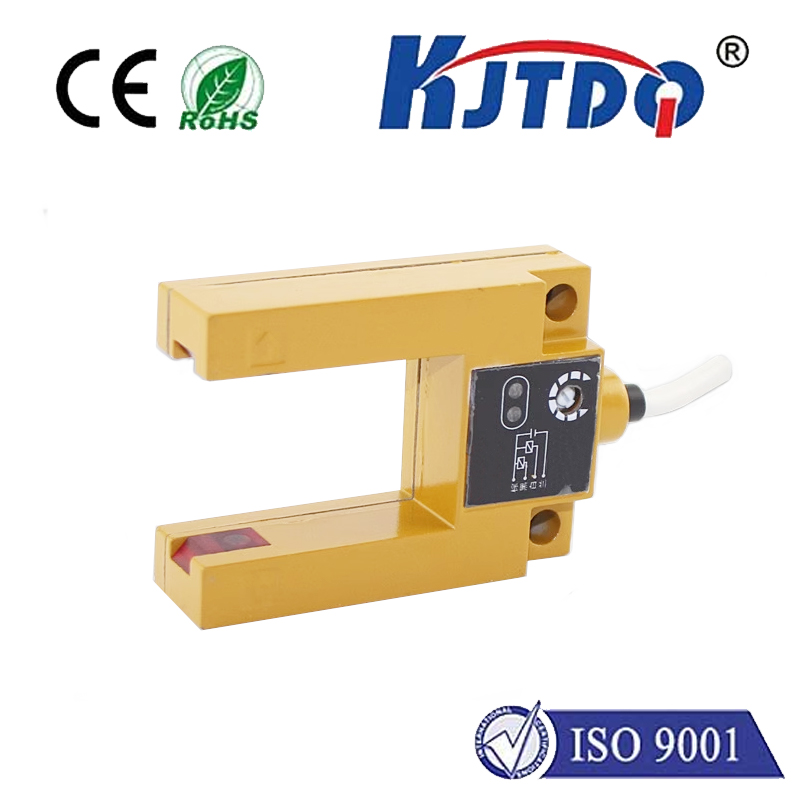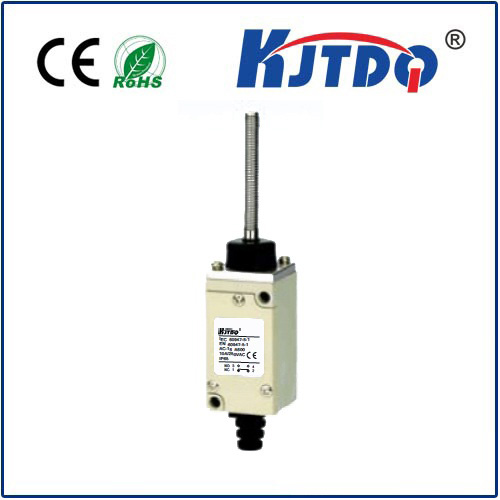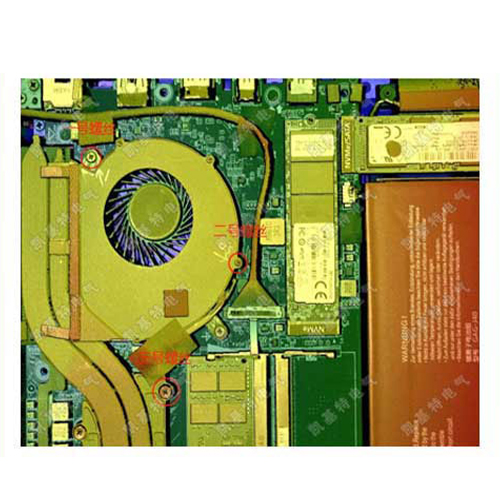

check

check

check

check

check

check

check

check

check

check
The Importance of Crane Position Switches in Industrial Safety
Cranes are an essential component of many industrial operations, from construction sites to port facilities. They are used for lifting and moving heavy objects, but their operation comes with inherent risks. One crucial aspect of crane safety is the position switch, which helps to prevent accidents by ensuring that the crane is in the correct position before it begins operating. This article will explore the importance of crane position switches in industrial safety.

A crane position switch is a device that detects the presence or absence of a load on the hook block or hook of a crane. It is usually mounted on the trolley or bridge of the crane and works by sending a signal to the crane's control system when the hook block reaches a predetermined height. This signal tells the operator that the load is secure and ready to be lifted. Without this switch, there is a risk that the crane could lift a load without proper support, causing it to fall and potentially harm workers or damage equipment.
The use of crane position switches can help prevent accidents related to overloading or underloading of cranes. Overloading can occur when a crane is used to lift more weight than it is designed to handle. This can cause the crane to tip over or collapse, resulting in serious injuries or fatalities. Underloading can also be dangerous because it may lead to uneven loading of the crane's boom or jib, which can result in excessive wear and tear on the crane's components. In both cases, having a reliable position switch can help ensure that the crane is properly loaded before it begins operating, reducing the risk of accidents.
Another benefit of using crane position switches is that they can improve efficiency and productivity in industrial operations. By providing real-time information about the status of a load being lifted, operators can make better decisions about how to move it safely and efficiently. This can reduce downtime and increase productivity by minimizing delays related to checking loads manually.
In conclusion, crane position switches play a critical role in ensuring industrial safety and improving efficiency in many types of operations. By detecting the presence or absence of a load on a crane's hook block or hook, these switches can help prevent accidents related to overloading or underloading, as well as improve productivity by providing real-time information about load status. As such, they should be considered an essential component of any crane operation.

